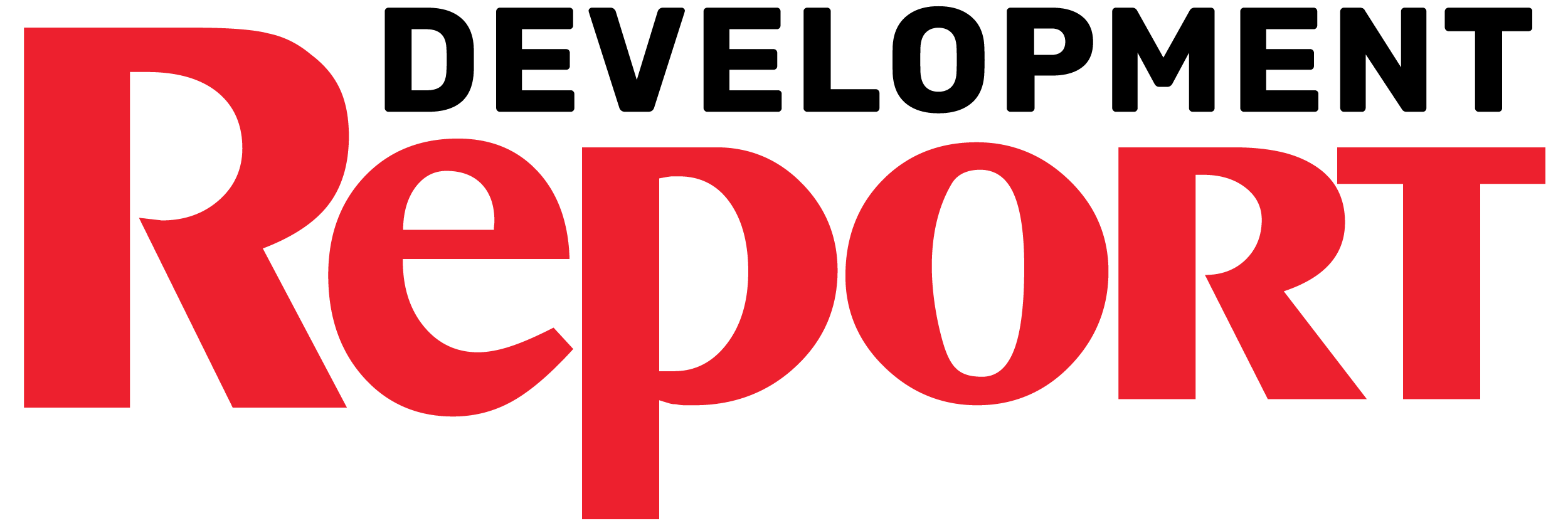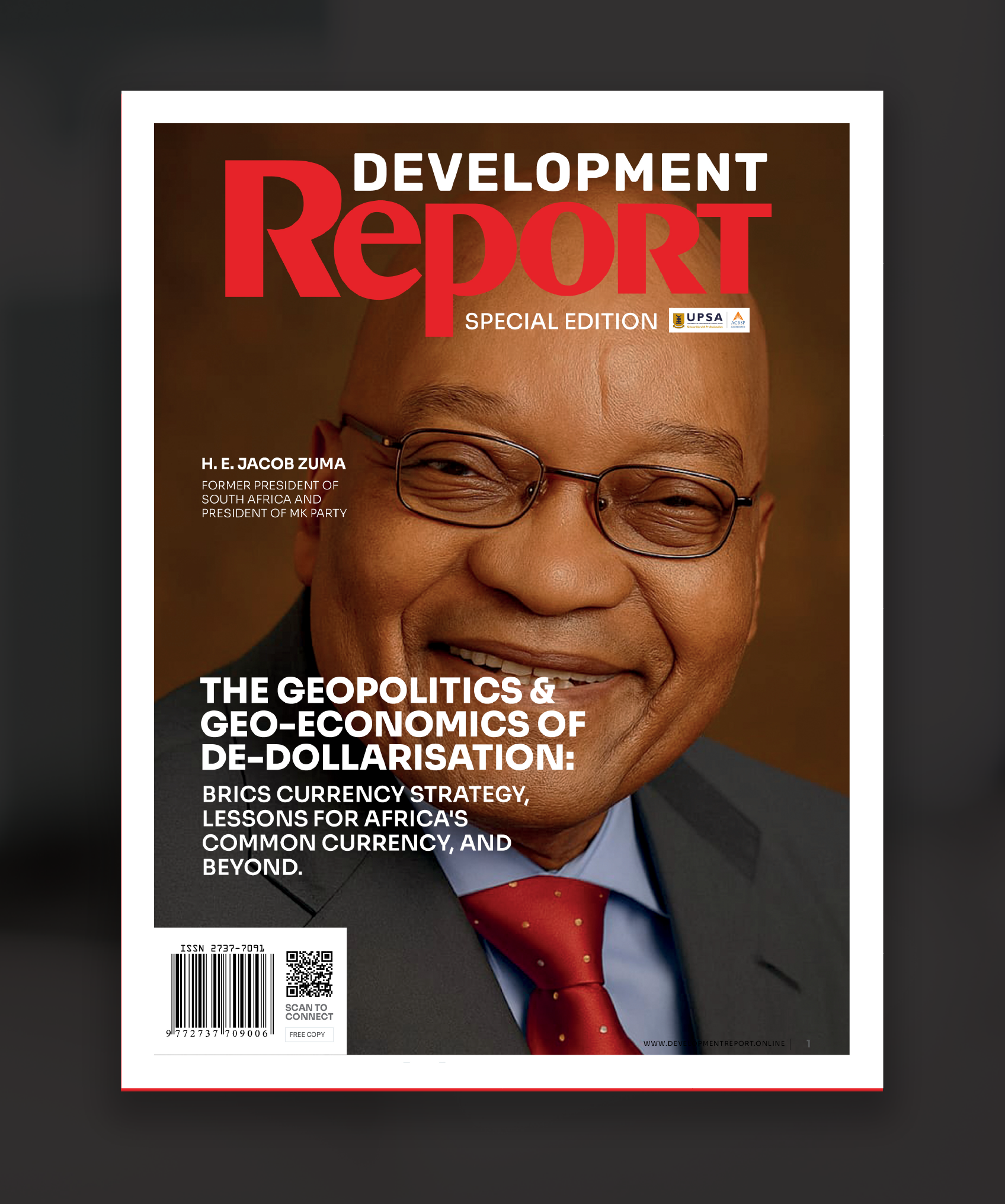This Content Is Only For Subscribers
Rewriting the Purpose of Prisons in West Africa
Across West Africa, the prison system is caught in a paradox where soaring public expenditure on incarceration delivers minimal returns in public safety or rehabilitation. For instance, Ghana and Mali alone spend over $120 million annually on facilities overcrowded at 153% capacity, locking up over 45,000 individuals predominantly for nonviolent crimes. With recidivism hovering at 40%, these systems serve more as fiscal sinkholes than reformative institutions.
Yet, a quiet revolution is underway in Burkina Faso. Spearheaded by Captain Ibrahim Traoré, the country’s new prison model transforms incarceration into a springboard for national productivity. This bold framework, known here as the Traoré Prison Model turns prison yards into farmland, workshops, and innovation hubs. It aims not just to correct behavior, but to regenerate economies.
This article examines how the Traoré Model can be adapted across selected West African economies including, Senegal, Ghana, Nigeria and Togo to offer a blueprint for socioeconomic renewal through justice reform.
The Traoré Prison Model for Development in West Africa
Introduced in 2022, the Traoré Prison Model rests on three pillars, consisting of key macroeconomic variables such as labor, investment, economic growth among significant others, set to transform labor as rehabilitation, skills-to-work pipelines and revenue reinvestment for social impact. With this model, inmates engage in structured, purpose-driven labor often ranging from agronomy and textile production to solar tech assembly under humane, incentivized conditions. Skills training is embedded into the prison experience to ensuring that inmates exit not only reformed, but employable. The model’s results have been nothing but transformational. In 2023 alone, Burkina Faso’s prison farms produced over 8,000 metric tons of maize, supporting 20,000 families. Textile workshops earned $2.5 million in exports while recidivism plunged from 34% to 18%, signaling a new paradigm where prisons not only reduce crime but also regenerate communities.
Analysis of Regional Case Studies in Mapping the Potential of the Model
Senegal:
Innovation through Prison-Backed Agroforestry
In Senegal, where the prison population exceeds 12,000 and recidivism remains high, the Traoré model could harmonize with ongoing environmental rehabilitation campaigns. The Great Green Wall initiative, for instance, aimed at halting desertification across the Sahel presents a unique avenue. Inmates could be mobilized into structured agroforestry programs, planting trees, producing organic fertilizer, and managing solar irrigation systems. A projected pilot at Rebeuss Prison in Dakar could plant 500,000 acacia trees annually, absorbing carbon while generating income from gum arabic exports. Moreover, Senegal’s robust community reintegration programs could amplify the model’s post-release effectiveness, turning ex-inmates into climate heroes and sustainable entrepreneurs.
Ghana:
From Confinement to Cultivation
Ghana’s prison infrastructure, operating at over 150% capacity, bleeds nearly $45 million annually. Meanwhile, 45% of the country’s arable land lies dormant, and the nation imports over $300 million in rice alone each year. This juxtaposition presents an ideal entry point for the Traoré Model. The dormant Asutuare Rice Project, spanning 10,000 acres, is ripe for revival given this model. Reactivated through structured prison labor and agricultural training, it could yield 25,000 metric tons annually, offsetting 12% of rice imports while slashing inmate maintenance costs.
Additionally, under Ghana’s “Planting for Food and Jobs” campaign, prison-driven agribusiness could catalyze rural development, position inmates as contributors to food sovereignty, and spark a nationwide shift toward sustainable correctional economics.
Nigeria
With over 240 correctional facilities and 75,000 inmates, Nigeria faces the twin crises of overcrowding and mass underemployment. However, the country also boosts Africa’s largest informal economy, one that thrives on agriculture, artisanal crafts, and mining. By adapting the Traoré model, Nigeria can transform prisons into labor hubs for its vast agro-industrial potential. Imagine facilities in Kaduna producing ginger and sorghum; or textile workshops in Kano reviving Nigeria’s famed Aso Oke heritage cloth for AfCFTA export and the potential of this initiative is enormous.
In a 2024 pilot at Kuje Prison, 300 inmates were trained in aquaculture and poultry management. Gathering from these statistics, initial data from the National Bureau of Statistics (2024) suggests a 26% post-release employment rate stemming as a significant leap from the national average of 9% for ex-convicts.
Togo:
Textile Revival and Female Inmate Empowerment
Togo’s compact prison system, housing around 5,000 inmates, provides an ideal environment to trial gender-responsive versions of the Traoré Model. At Lomé Civil Prison, a vocational program could center on kente weaving, soap-making, and digital embroidery encompassing traditional crafts that hold immense local and export value.
Such programs, with special emphasis on female in-mates do not only support skills development but also create income pathways through cooperatives post-release. By 2026, projections from Togo’s Ministry of Social Reintegration estimate these workshops could support 1,200 jobs and contribute $4.8 million to GDP.
Regional Integration as a Continental Value Chain
The Traoré Prison Model holds not only national promise but also immense regional potential when viewed through the lens of the African Continental Free Trade Area (AfCFTA). By aligning prison-led production with AfCFTA’s goal of enhancing intra-African trade, West African countries can transform their correctional systems into strategic contributors to a broader continental value chain. For instance, Mali’s traditional bogolan cloth rich in cultural heritage but limited in commercial reach could be dyed and finished in Ghana’s emerging prison-run textile hubs, thereby creating a two-country supply chain that elevates craftsmanship while lowering production costs. Similarly, Senegal’s agroforestry efforts, spearheaded by inmates planting acacia and baobab trees, could feed raw materials into Nigeria’s prison-based agro-processing units, which possess the scale and technological edge to produce export-grade oils, supplements, and packaged goods. Meanwhile, Togo’s artisanal soap and shea butter production, driven by female inmates, can find structured trade pathways through Ghana’s AfCFTA-certified export terminals.
Such regional collaboration would not only generate employment and rehabilitative value but also stimulate over $45 million in cross-border trade annually. It would turn prisons into platforms of economic diplomacy, reshaping Africa’s justice systems into engines of integrated development and mutual prosperity. With relevant statistics, the details to this is highlighted in the table 4 below.
| Country | Projected Annual Revenue | Sector Highlights | Cost Savings |
| Senegal | $60 million | Agroforestry, gum Arabic | $12M in food import savings |
| Ghana | $95 million | Rice, cocoa, textiles | $30M in prison costs |
| Nigeria | $140 million | Agro-processing, crafts | $50M in recidivism reduction |
| Togo | $20 million | Textiles, artisanal goods | $5M in female inmate programs |
Source: Authors Construct, 2025
The economic projections outlined in the table reflect a powerful narrative on incarceration, when reimagined through the Traoré Model, becomes a potential catalyst for sustainable development across the selected economies of choice in the West African landscape. Ghana’s projected $95 million in annual prison-led revenue spanning cocoa, textile, and cashew production, signals a transformative shift from prisons as fiscal liabilities to productive state assets. These forecasts are not merely ambitious but deeply grounded in the strategic alignment of untapped labor with underutilized sectors of the economy. Notably, Ghana’s rehabilitation of defunct state farms and textile mills through prison labor aligns seamlessly with its ongoing industrialization agenda under the “One District, One Factory” initiative.
Mali’s projected $110 million revenue, largely derived from prison-involved formalized gold mining, cotton cultivation, and livestock production, is equally significant. Given Mali’s current loss of $1.6 billion annually to illicit gold trafficking, redirecting inmate labor into legal, environmentally regulated mining channels not only generates state revenue but also reduces the informal economy’s grip on national resources. More critically, the $45 million in projected gains from regional trade synergies under AfCFTA illustrates the systemic potential of prison economies to foster cross-border industrial chains. These figures underscore that the Traoré Model does not isolate reform to one nation but can ignite a shared growth trajectory across the region. However, realization of these figures hinges on ethical implementation, vocational relevance, and infrastructural capacity. Without stringent oversight and inclusive planning, these forecasts risk becoming inflated projections rather than replicable models of restorative economic justice.
Ethics, Oversight, and Human Dignity
While the economic promise of the Traoré Prison Model is compelling, its ethical foundation is paramount. Turning prisons into engines of productivity must not compromise human dignity or echo the exploitative practices of colonial-era forced labor. Burkina Faso has taken deliberate steps to ensure compliance with international labor standards, particularly ILO Convention No. 29, by anchoring the model in voluntary participation and fair compensation. Inmates are paid at least 50% of the national minimum wage, and are guaranteed humane working conditions, access to training, and periodic rest.
Oversight mechanisms are also critical to prevent abuse and maintain transparency. Burkina Faso’s model incorporates independent monitoring bodies composed of civil society organizations, religious leaders, and former inmates. These actors play a pivotal role in safeguarding inmate rights and ensuring that participation is genuinely rehabilitative, not coercive. Mali’s pilot program further exemplifies this approach where 78% of inmates volunteered not for income, but for post-release skills and reintegration opportunities.
Moreover, incentives such as early release for consistent engagement in rehabilitative labor reinforce a justice system that rewards growth and transformation rather than prolonged punishment. In essence, the Traoré Model advances a new standard thus one in which incarceration fosters personal redemption while aligning with national development goals and human rights obligations.
Conclusion
From the above discourse on Captain Ibrahim Traoré’s Burkina Faso, we see how prisons have ceased to be black holes of despair. Instead, they pulse with production, reform, and renewal. The model he introduced stands as one of the boldest governance innovations in Africa and a beacon of what is possible when punishment gives way to purpose. For West Africa, the road ahead is clear. In nations like Senegal, Ghana, Nigeria and Togo, where youth unemployment, food insecurity, and economic informality intertwine with dysfunctional incarceration systems, the Traoré Prison Model offers a daring, practical solution. Imagine a region where correctional facilities produce more food than they consume, generate textiles for export, rehabilitate through labor, and anchor their economies in inclusion. This is not a utopia but a policy choice. By aligning justice with productivity, West Africa can transform its prisons from places of lost time into sites of second chances and by doing so, unlock a new era of economic, social, and human development.


